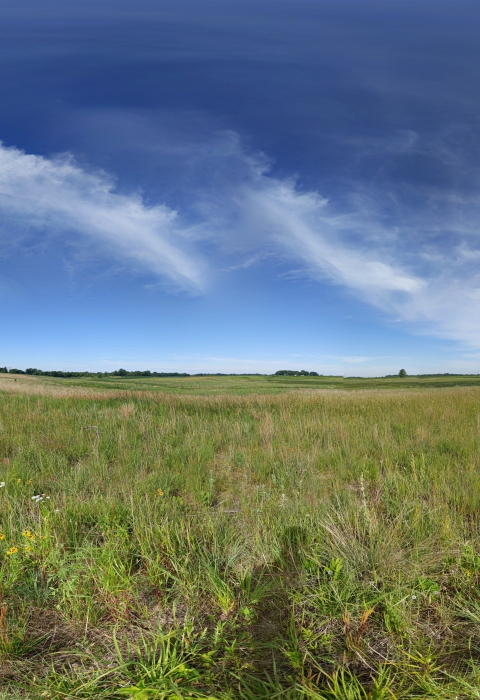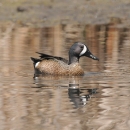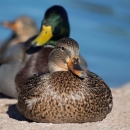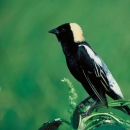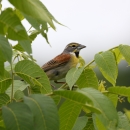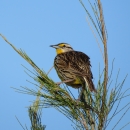Visit Us
Visitors to waterfowl production areas will find numerous ways to engage with nature. The prairies and wetlands of waterfowl production areas are teeming with life, and often a short hike through the tall grass to the wetland edge will expose numerous species of plants, insects and animals to careful observers. All seasons: spring, summer, fall and winter can be enjoyed by wildlife and nature enthusiasts on the wetland management district wetland management district
A wetland management district is a U.S. Fish and Wildlife Service office that manages waterfowl production areas in one or more counties. Waterfowl production areas are small natural wetlands and grasslands that provide breeding, resting and nesting habitat for waterfowl, shorebirds, grassland birds and other wildlife. The Fish and Wildlife Service acquires waterfowl production areas under the authority of the Migratory Bird Hunting and Conservation Stamp Act, primarily using funds from the sale of Federal Duck Stamps. The Refuge System’s 38 wetland management districts comprise thousands of waterfowl production areas – almost all in the Prairie Pothole Region of the Northern Great Plains.
Learn more about wetland management district . The diversity of wetlands, grasslands and forests, ensures no two trips will be the same regardless of your pursuits.
Location and Contact Information
Our Species
Wetland management districts were established to ensure the continued existence of waterfowl and grassland birds, and as such, these species are commonly encountered on the waterfowl production areas managed by the wetland management district wetland management district
A wetland management district is a U.S. Fish and Wildlife Service office that manages waterfowl production areas in one or more counties. Waterfowl production areas are small natural wetlands and grasslands that provide breeding, resting and nesting habitat for waterfowl, shorebirds, grassland birds and other wildlife. The Fish and Wildlife Service acquires waterfowl production areas under the authority of the Migratory Bird Hunting and Conservation Stamp Act, primarily using funds from the sale of Federal Duck Stamps. The Refuge System’s 38 wetland management districts comprise thousands of waterfowl production areas – almost all in the Prairie Pothole Region of the Northern Great Plains.
Learn more about wetland management district . Numerous other wetland and grassland plants and animals may be seen as well.
